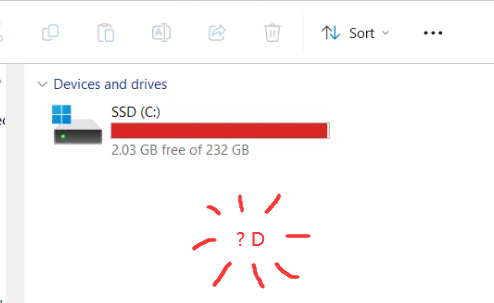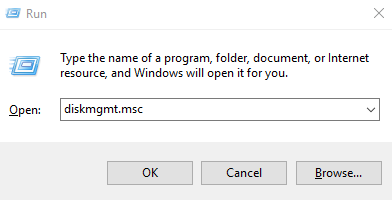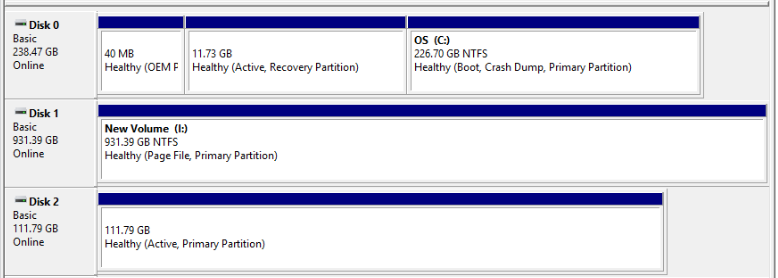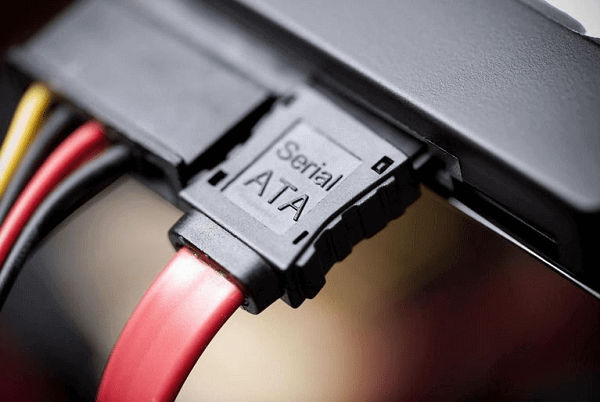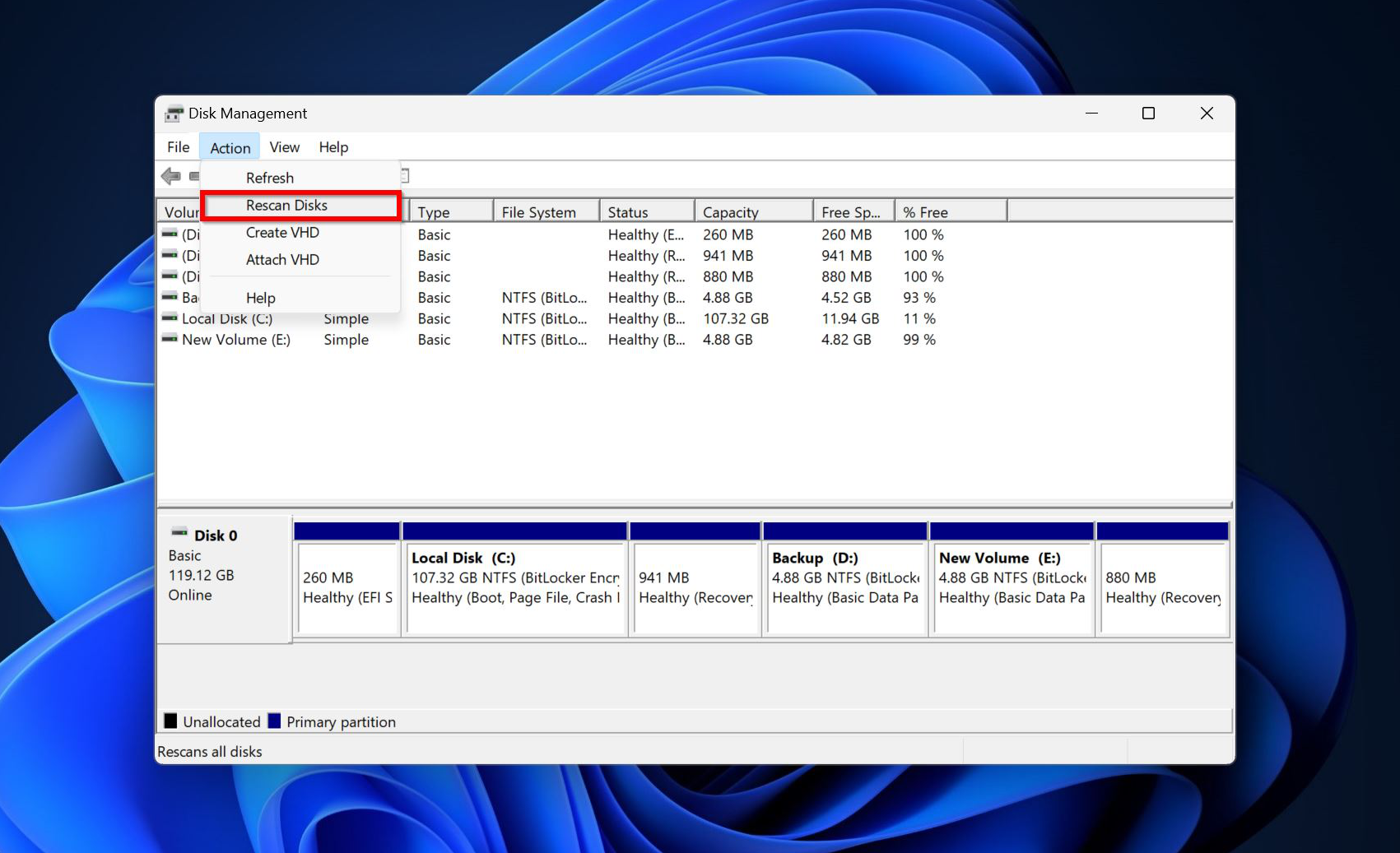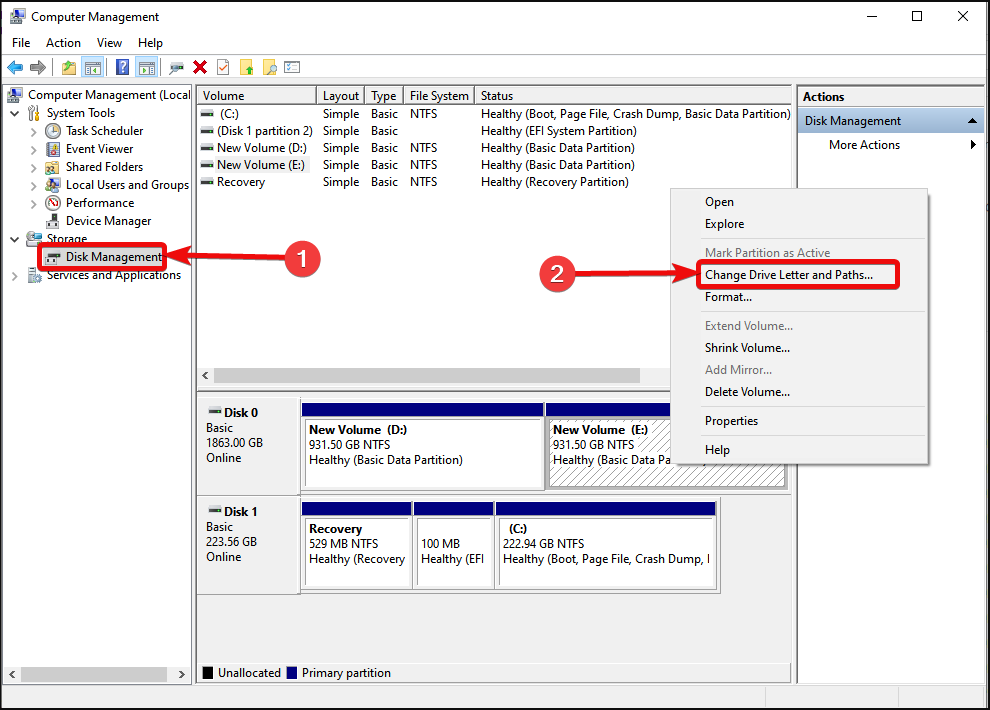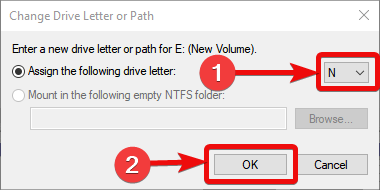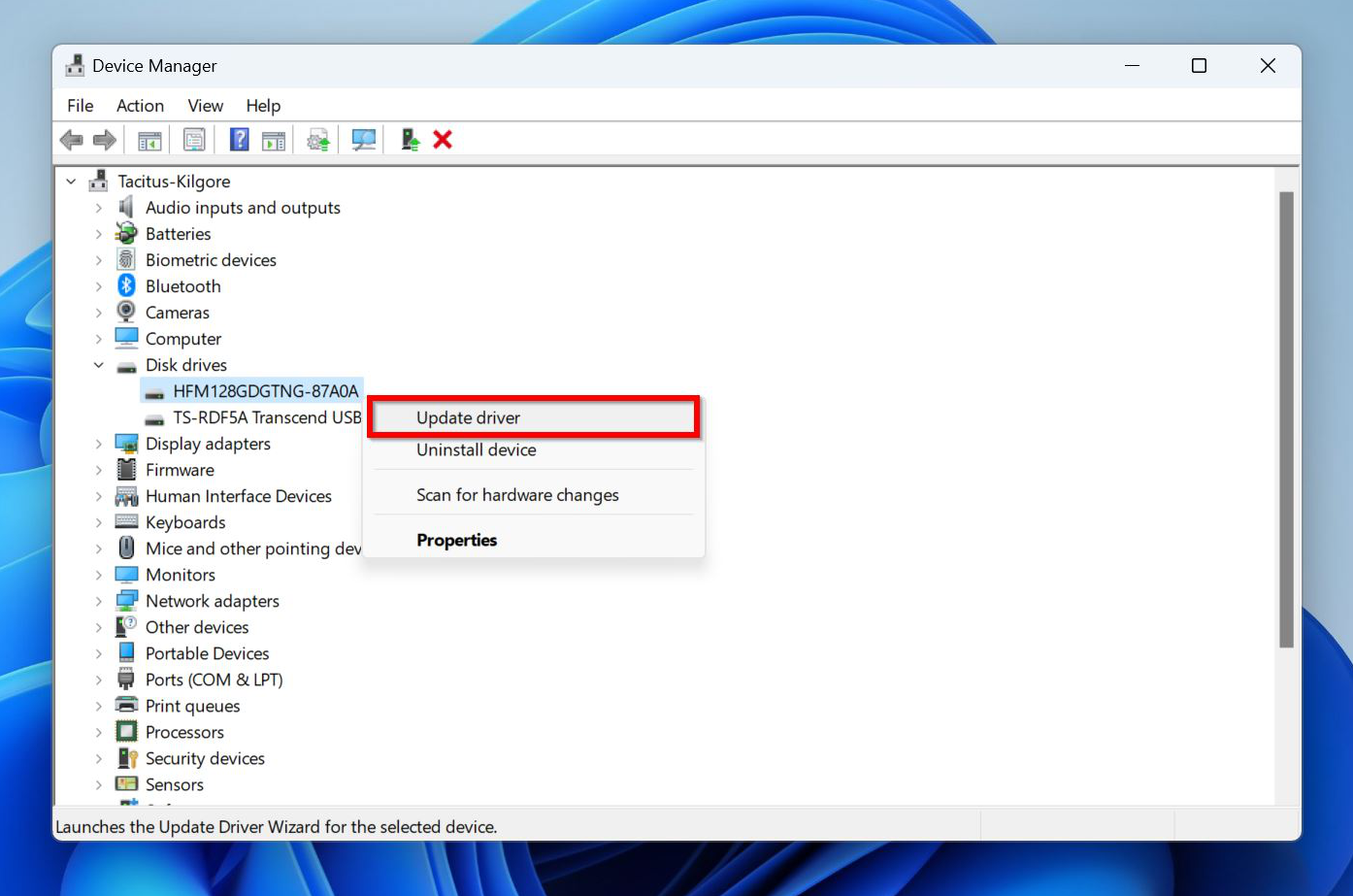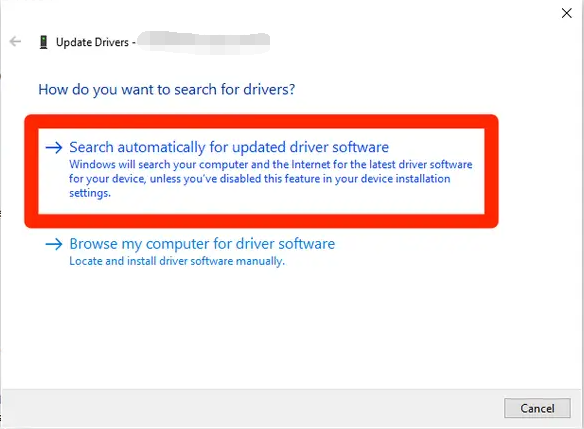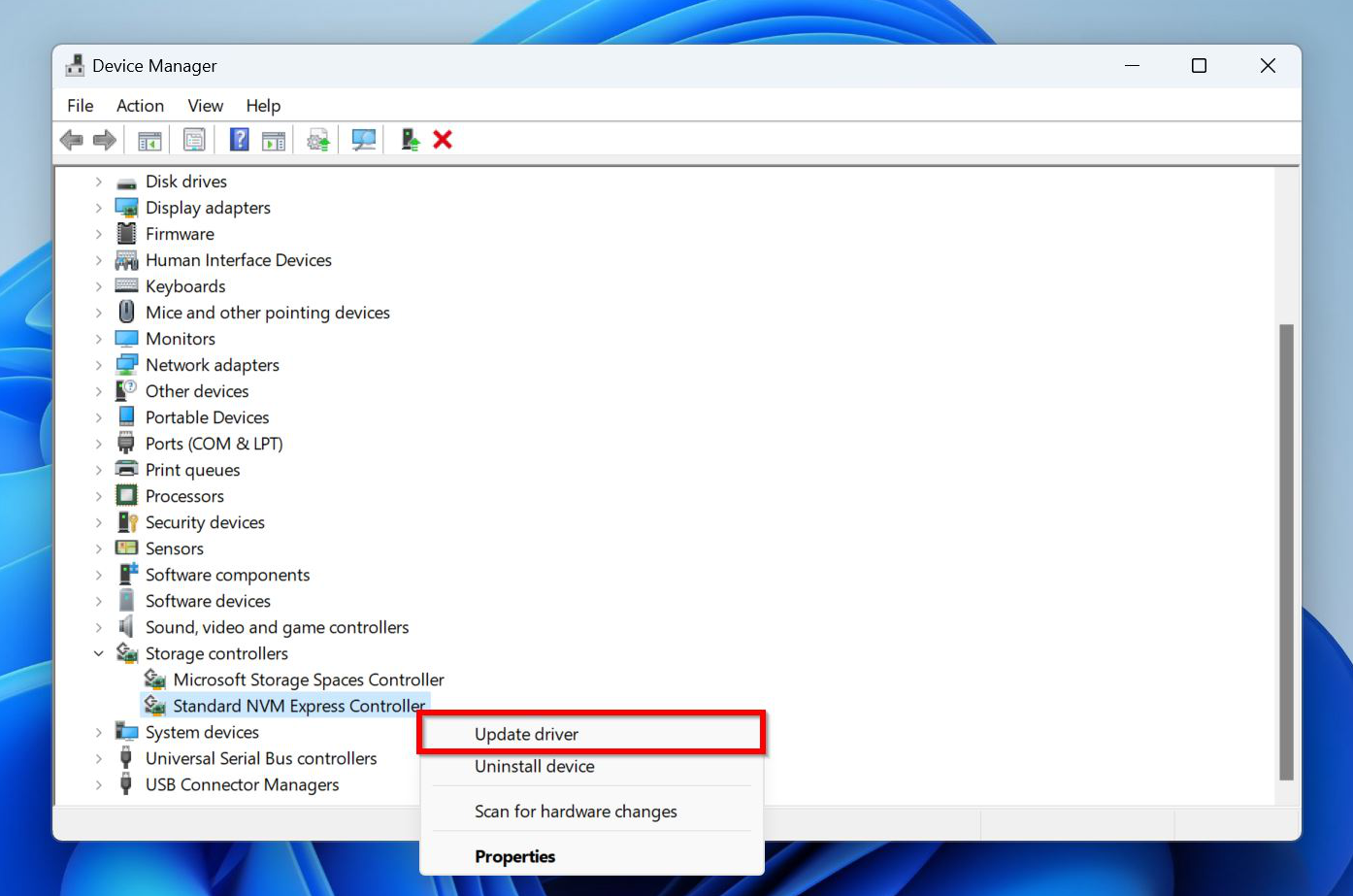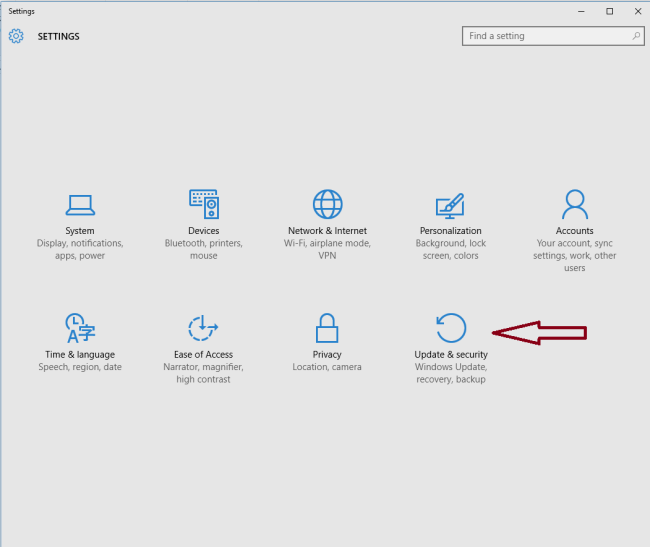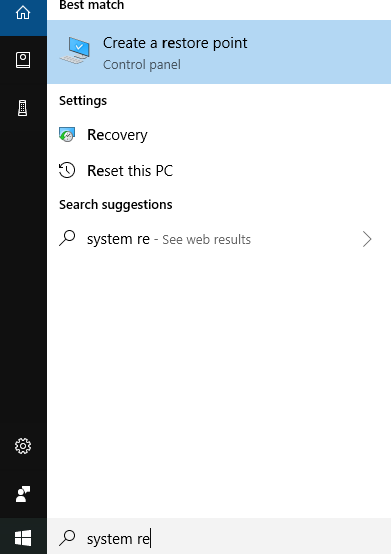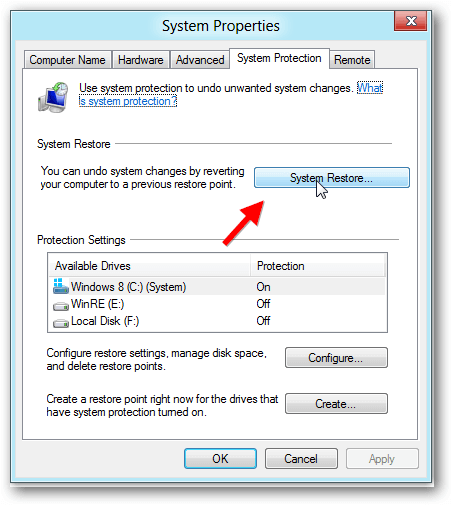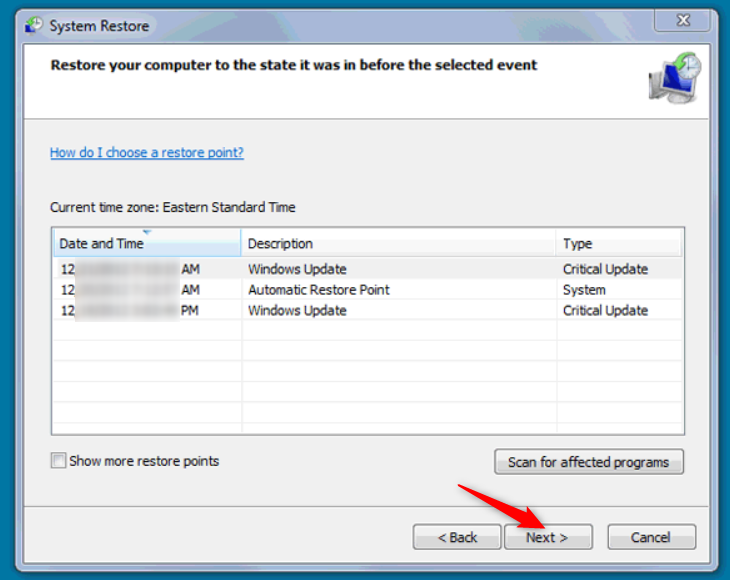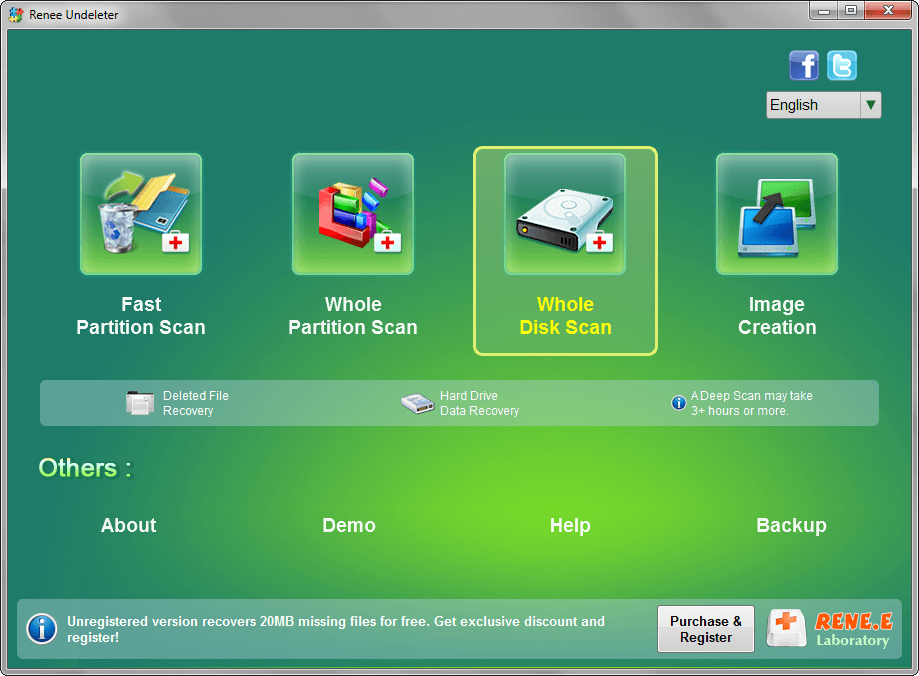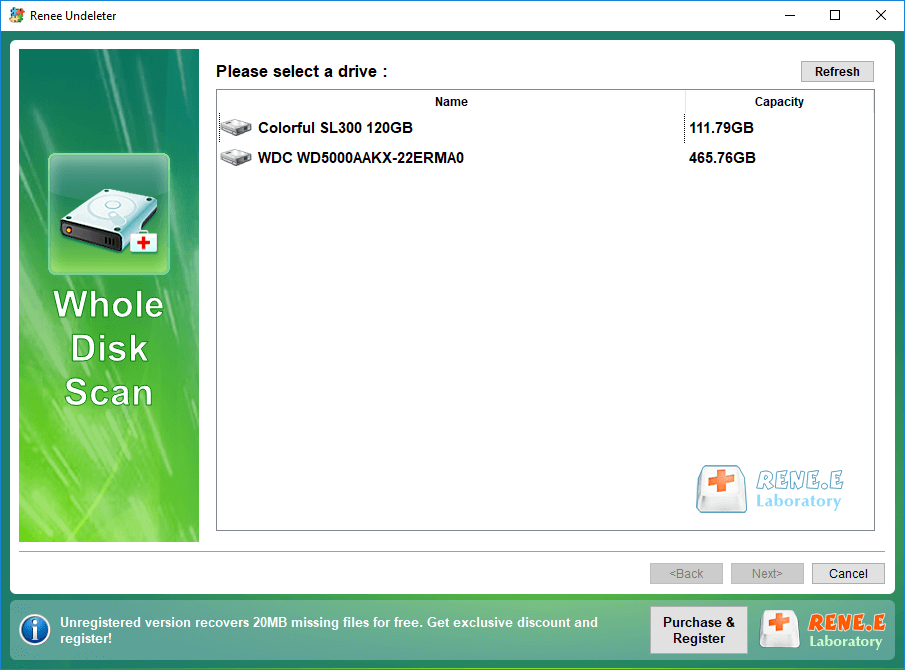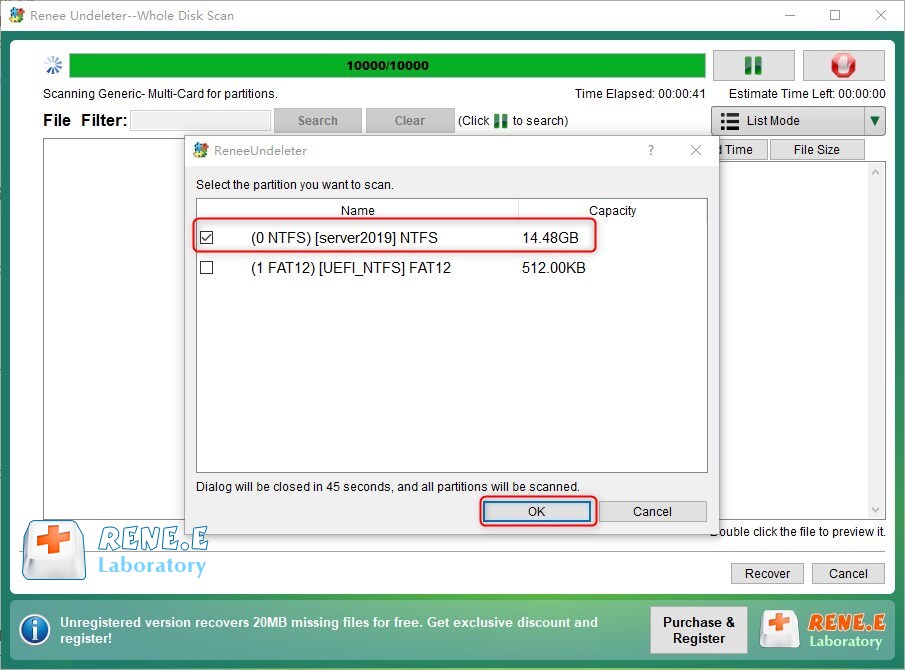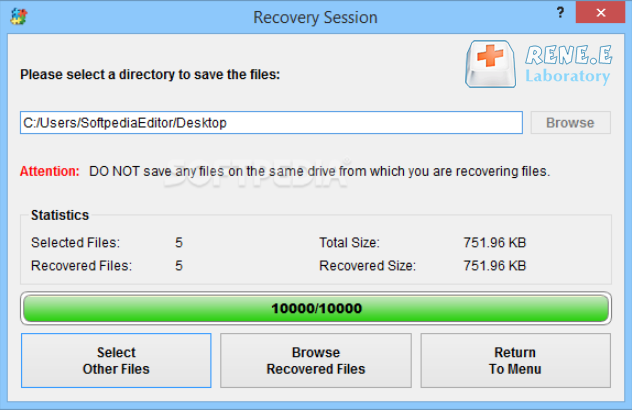Best Methods to Restore the D: Drive
If you know why the D: drive disappeared, attempt the corresponding fix first. However, if you’re unsure, then attempt the fixes in the order listed below.
Method 1: Make Sure Your PC Detects the Drive
Before doing anything else, make sure that the drive is properly connected to your motherboard. A loose SATA cable or a bent connector is enough for the drive to become undetectable. The SATA cable that plugs into the motherboard and your
hard drive should be snug with minimal play. Watch this video to see
how to connect a hard drive to a motherboard. This only applies if the D: partition was on a separate drive, because Windows won’t boot if the primary drive isn’t detected. Once you’ve ensured the drive is properly connected to your PC, check if it’s detected by your computer in Windows Disk Management:
1. Type disk management in Windows Search (Windows Key + S). Click on Disk Management from the search results.
2. Look at the bottom half of the Disk Management window. If the drive is listed there, it means Windows detects the drive.
The exact number of drives may vary depending on how many disks are connected to your PC. But what if the D: drive is not showing in
Disk Management? Check if the drive appears in the BIOS/UEFI settings:
1. Reboot your PC. While it’s booting, when the motherboard manufacturer’s logo appears, press the relevant key combination to enter the BIOS/UEFI settings. This combo differs across manufacturers, so do a Google search for the key combination for your motherboard before proceeding further. You can also
boot into the BIOS settings using the Windows UI.
2. In the
BIOS settings, go to the System Information or General tab to see the list of connected drives. If your drive isn’t listed there, it’s quite possible the drive has gone kaput or isn’t connected properly. To verify this, connect the drive to another PC and see if the issue persists.
It’s possible Windows ran into some errors when detecting the D: drive path. There could be several reasons for this, but you can fix it by simply prompting Windows to rescan all the disks connected to your PC. To do this, follow these steps:
1. Press Windows Key + R to open the Run application. Type diskmgmt.msc and press Enter.
2. Click on Action > Rescan Disks in the menu bar.
3. Wait for
Disk Management to finish, and check if the D: partition appears. When I followed the steps above, I saw a new partition show up in the Disk Management window, but it didn’t have a drive letter. To fix this, I manually assigned a drive letter to it—described in the next step. Sometimes, fixing a disappeared D: drive can be a combination of fixes.
Method 3: Change or Assign a Drive Letter
Drive letter conflicts are a major reason why the D: drive disappears. Sometimes,
Windows Updates may remove the drive letter entirely. To fix this, you need to manually assign a drive letter to the partition. How? Using Windows Disk Management:
1. Press Windows Key + R to open the Run application. Type
diskmgmt.msc in the text box, and press Enter. Alternatively, search for
disk management in Windows Search (Windows Key + S), and launch Disk Management from there.
2. Since the D: partition doesn’t have a drive letter, it’ll be listed as Disk 0, Partition 3, or something similar. To confirm that it’s the partition you’re looking for, double-check its size in the Capacity column. Keep in mind, Windows recovery partitions also show up with similar nomenclature, but they’re usually 100 MB or so in size—don’t touch these partitions.
3. Right-click on the former D: partition, and click on Change Drive Letter and Paths.
4. Click on Add in the next prompt.
5. Choose a drive letter from the drop-down menu and click OK.
Method 4: Update the SATA Controller and Hard Drive Drivers
Driver updates are a silver bullet for numerous disk-related issues on Windows, including a missing D: drive. There are two drivers you need to update—the SATA (NVM Express, if you’re on an
SSD) controller drivers, and the drivers for the disk itself. You can manually update these drivers using the Device Manager in Windows:
1. Search for device manager in Windows Search (Windows Key + S), and click on Device Manager from the search results.
2. Expand the Disk Drives section, right-click on the hard drive containing the D: partition, and pick Update driver.
3. Ensure you’re connected to the internet, and click Search automatically for drivers.
4. Windows will download and install the latest drivers.
5. Now, expand the Storage Controllers section, right-click on the SATA storage controller, and click Update driver. On SSDs, update the NVM Express controller.
6. Again, click Search automatically for drivers and let Windows install the latest drivers.
Note: This method could be particularly successful if the D: drive disappeared on Windows 11. Here’s a
Reddit user describing his experience after upgrading to Windows 11 and dealing with a missing D: drive.
Method 5: Roll Back Windows Update
If the D: drive disappeared after a
Windows Update, the best thing you can do is simply uninstall the latest update. But, do this after you’ve tried all other fixes, as Windows Updates often contain important security improvements and bug fixes. Here’s how you uninstall Windows updates:
1. Right-click the Start button, and choose Settings.
2. Click on Update & security in the left navigation pane.
3. Click on Update History, under More options.
4. Scroll down and click on Uninstall updates, under Related settings.
5. Click Uninstall next to the latest update.
6. Reboot your PC if Windows doesn’t do it automatically.
The steps above work on Windows 11. If you’re running Windows 10, follow
these steps instead.
Method 6: Use System Restore
On a Windows computer, a time machine does exist—it’s just called
System Restore. This feature can effectively restore your Windows PC to an earlier date and time. Your Windows configuration will also be reset to its state at that time. Give it a go, and maybe your D: drive will reappear.
Note: System Restore is not enabled by default, so this method will only work if you previously enabled it.
Here’s how to use System Restore to restore the D: drive on Windows 10 and Windows 11:
1. Search for system restore in Windows Search (Windows Key + S). Click on Create a restore point from the search results.
2. Click on System Restore.
3. Click Next on the System Restore wizard welcome screen.
4. Select a restore point from the list, and click Next.
5. Click Finish to begin the System Restore process. Your PC may reboot several times during the process.
